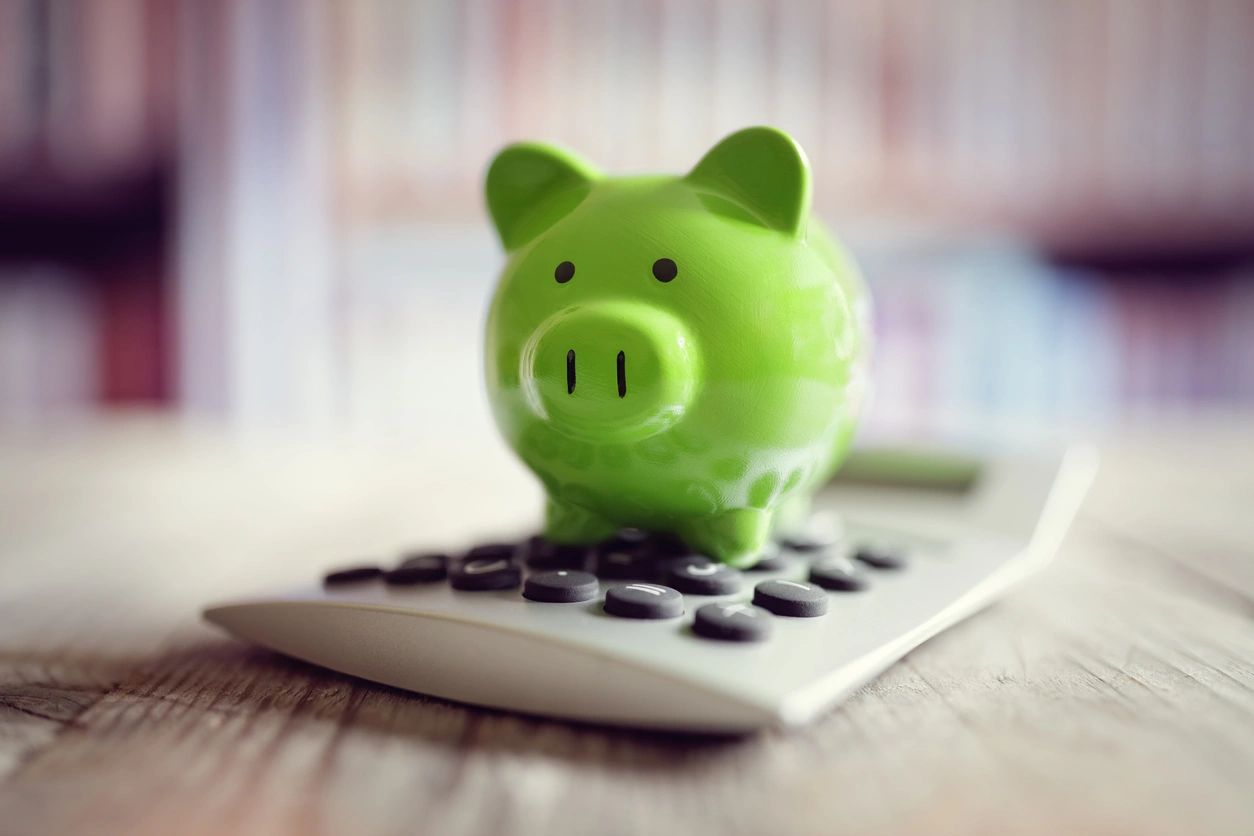Before I could start saving any money, I realized that I had to know what I was spending my money on. Therefore, it required me to track it, so I did. I created an excel/google sheet (below) and listed everything that I have to pay off each month. Today, you don’t need to do that. There are many apps that allow for the same functionality and give some great graphs. If you google “Best Budget Apps,” you’ll get a list. The two that I’ve recently used are Mint, by Intuit (the same people that make TurboTax), and personal capital. But personally, I like my spreadsheet, it is easy to use, and I have full control.
Track everything
Tracking where your money goes does not have to be a daunting task. When you first do it, it may take you 1-2 hours – just set the time and do it, trust me; it will benefit you in the long run. Once you develop a system, it may only take you 15-30m once a month to update your app or spreadsheet. When I first did this, I set aside two hours on a Sunday and just went at it. Some of the expenses I knew off the top of my head, such as my rent, car payment, car insurance, and cell phone. However, some stuff like groceries, I had no idea how much I was spending on it. I don’t use cash, so it was easier for me to track. I pay everything either via debit or credit cards for the points/cashback. I went back six months through my statements and averaged each month in order to get an estimate of how much I was spending on groceries. This really opened my eyes as some months I had $600 grocery bills, while others I had $200. That’s a huge swing, and I realized that it all depends on where I was shopping.
Budgeting
Some people are afraid of the ‘B’ word. I do think it is a great tool to help you figure out where you are spending your money. How much money did you have left over last month? If you can’t answer that, you should use a budgeting tool.
I started tracking my spending on the spreadsheet above around 2010. This was a necessary evil, as that was the year I was saving up for my wedding. That year-and-a-half exercise has stuck with me until this day, and once a month I take 30 minutes to update the spreadsheet.
Once you do the exercise once, your eyes will be open and you will see where your money is going.
Today I do not really give myself a strict budget. I’ve been doing this for a while and I just know what I can and cannot spend. With each paycheck, I pay myself first. I have money automatically transferred to my savings and money market accounts. This allows me to spend whatever is left. If all of it is not spent on bills and entertainment that month, then I manually transfer the rest to the savings or money market account. That’s it. I keep it simple.
If you don’t know where your money is going, you should start by creating a budget. This will allow you to prioritize certain debts, i.e credit cards with high-interest rates, versus low-interest rate debt such as car loans.




